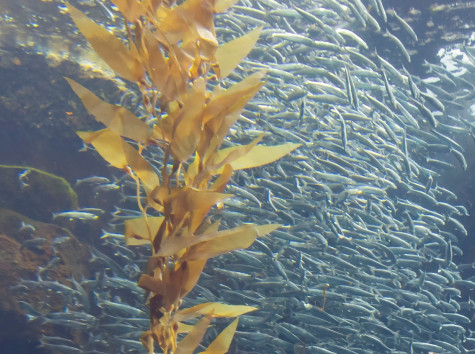In the fight to protect marine biodiversity, technology is emerging as a powerful ally. Digital and Internet of Things (IoT) technologies are transforming the way we monitor and manage the marine environment, offering new possibilities for conservation and sustainable use of ocean resources.
From remote sensing to acoustic monitoring, these tools are providing unprecedented insights into the health of marine ecosystems and the challenges they face.
For the offshore renewables industry, technology plays a crucial role in minimizing environmental impacts and ensuring the sustainability of energy projects. Advanced monitoring systems can detect changes in marine habitats, track the movements of wildlife, and assess the effects of underwater noise. These data are invaluable for making informed decisions that balance energy production with ecological preservation.
Moreover, technology facilitates real-time monitoring and long-term tracking of biodiversity trends, enabling rapid response to emerging threats such as pollution, climate change, and invasive species. By harnessing big data analytics and machine learning, scientists and conservationists can predict and mitigate the impacts of human activities on marine life.
The insights gained from digital and IoT technologies enable evidence-based conservation strategies that are more effective and efficient. Working alone or in combination, drones, sensors, cameras, low-power radio networks, and satellite technology can remotely monitor wildlife behavior and habitat changes in real time, tracking and monitoring the environment down to the level of individual animals to stop illegal poaching and habitat destruction.
Ocean technologies include platforms such as vessels and submersibles, observing systems and sensors, communication technologies, and diving technologies that transport us across ocean waters and into the depths and allow us to scientifically examine, record, and analyze the mysteries of the ocean.
From hand-held devices for recording coral reef data, to satellite remote sensing of illegal fishing, maritime surveillance technology helps to monitor fishing and animal movements, watch boat movements, track illegal activities, observe pollution, and keep an eye more broadly on the whole exclusive economic zone to ensure ocean is managed sustainably.
The potential of technology to support marine biodiversity is vast, but realizing it requires collaboration across sectors. The offshore renewables industry, in partnership with tech companies, researchers, and policymakers, can lead the way in developing and implementing innovative solutions that protect our oceans while harnessing their renewable energy potential.
The intersection of human endeavors and marine biodiversity is a recurring theme. Whether it's the noise from shipping lanes, the spread of plastic pollution, the invasion of non-native species, or the deployment of technology, the message is clear: the future of our oceans depends on our ability to understand, respect, and protect the complex web of life they support.
Explore how digital and IoT technologies are revolutionizing how we protect marine biodiversity and manage marine resources. Learn how you can be part of this technological wave, contact Ocean@cognizant.com to ensure the sustainability of our oceans for generations to come.


















